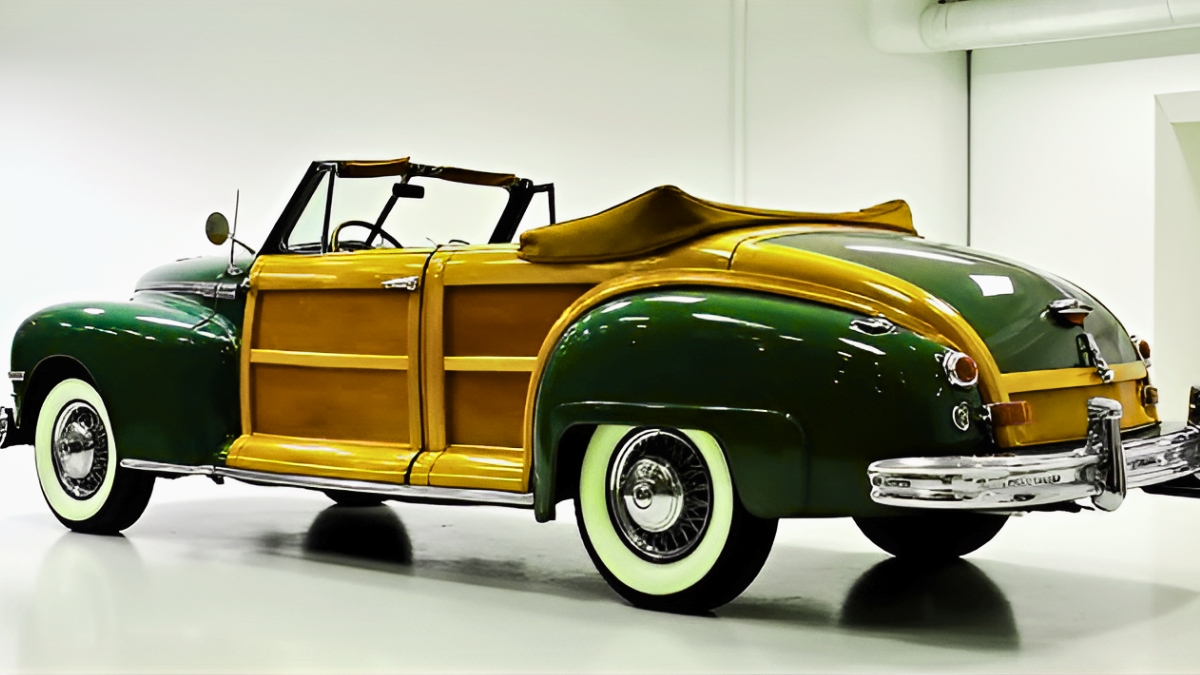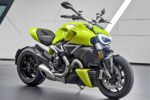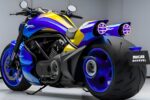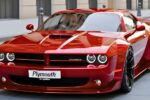The Chrysler Town & Country was Chrysler’s luxury flagship after World War II a time when style and craftsmanship meant everything. The 1947 model stood out with its real white ash and mahogany wood trim built right into the body. Unlike painted steel imitators, this was genuine hand-cut timber that gave each car a unique look.
It wasn’t just about beauty the Town & Country symbolized postwar optimism. America was booming again, and this car reflected that new confidence: bold, elegant, and unmistakably American.
How the 1947 Chrysler Town & Country Was Built – Explained Simply
Each Town & Country was partially handmade, which made it incredibly special. The car’s framework combined a steel body with real wood the same materials used in luxury boats of the era. Skilled craftsmen fitted and varnished each wooden panel by hand, taking weeks to perfect.
Under the hood, it came with Chrysler’s dependable 323.5-cubic-inch straight-eight engine, producing around 135 horsepower. That may not sound wild today, but in 1947, it was smooth, powerful, and whisper-quiet the definition of refined driving.
Here’s a quick look at what made it stand out:
| Feature | Details |
|---|---|
| Engine | 323.5 cu in Straight-8 |
| Horsepower | 135 hp |
| Transmission | 4-speed Fluid Drive |
| Body Style | Convertible or Sedan |
| Wood Material | White Ash & Mahogany |
| Production Numbers | Fewer than 8,400 units in 1947 |
Why the 1947 Chrysler Town & Country Became a Status Symbol
In the late 1940s, driving a Town & Country meant you’d truly “made it.” It wasn’t cheap a convertible could cost around $3,400 back then (equal to over $45,000 today). Movie stars, politicians, and socialites loved it. Celebrities like Clark Gable and Bob Hope were among its admirers, which made it even more desirable.
The Town & Country wasn’t just transportation it was a statement. You were stylish, sophisticated, and not afraid to stand out. The mix of polished wood and chrome made it turn heads everywhere it went.
Common Issues With the 1947 Chrysler Town & Country and How to Avoid Them
Owning or restoring one today takes patience. The wooden body, while beautiful, requires constant care. Moisture, sunlight, and time can all damage the panels. Regular sealing, indoor storage, and gentle cleaning are key to keeping it pristine.
Another challenge is finding parts since production was limited, authentic replacements can be pricey. Many collectors now rely on custom wood restorations and reproduction trim from specialty shops.
If you’re buying one today, always check for:
- Wood rot or cracks
- Mismatched panels
- Original engine and transmission numbers
- Signs of amateur restoration
Best Reasons to Love the 1947 Chrysler Town & Country Today
There’s a reason collectors still chase this car. It’s rare, elegant, and incredibly photogenic the kind of vehicle that gets attention even among modern supercars. It captures a moment in American history when craftsmanship came first and automation was still a dream.
Plus, it’s an excellent investment. Well-restored Town & Country convertibles have sold for over $150,000 at auctions. For classic car enthusiasts, that’s proof this “Woodie” hasn’t lost its shine.
Conclusion
The 1947 Chrysler Town & Country isn’t just a car it’s a timeless symbol of American luxury and craftsmanship. From its hand-built wooden body to its elegant ride quality, it represents an era when design was personal and cars were made to last. Whether you admire it for its beauty, its rarity, or its legacy, one thing’s certain: the Town & Country remains a true masterpiece of the road.
FAQs
When was the Chrysler Town & Country first introduced?
The Town & Country name debuted in 1941, but the 1947 model became the most iconic after WWII due to its luxury features and design.
What makes the 1947 model so special compared to others?
It was the last of the fully hand-built wood-bodied luxury Chryslers later models moved to all-steel construction.
Why did Chrysler stop making real wood-bodied cars?
Real wood was expensive, labor-intensive, and hard to maintain, so by the early 1950s, Chrysler switched to steel with simulated wood trim.
How rare is the 1947 Chrysler Town & Country today?
Extremely rare with fewer than 8,400 built, and only a few hundred well-preserved examples remaining worldwide.
Can you still drive a 1947 Town & Country daily?
Technically yes, but it’s not practical. The car requires careful maintenance and is better enjoyed as a collector or showpiece vehicle.



